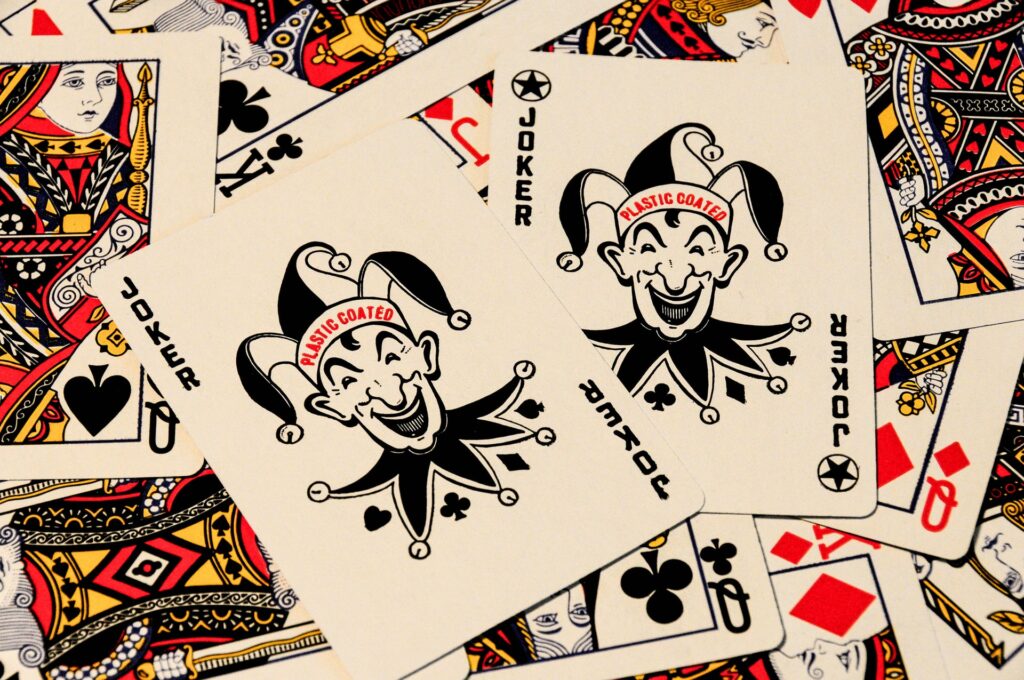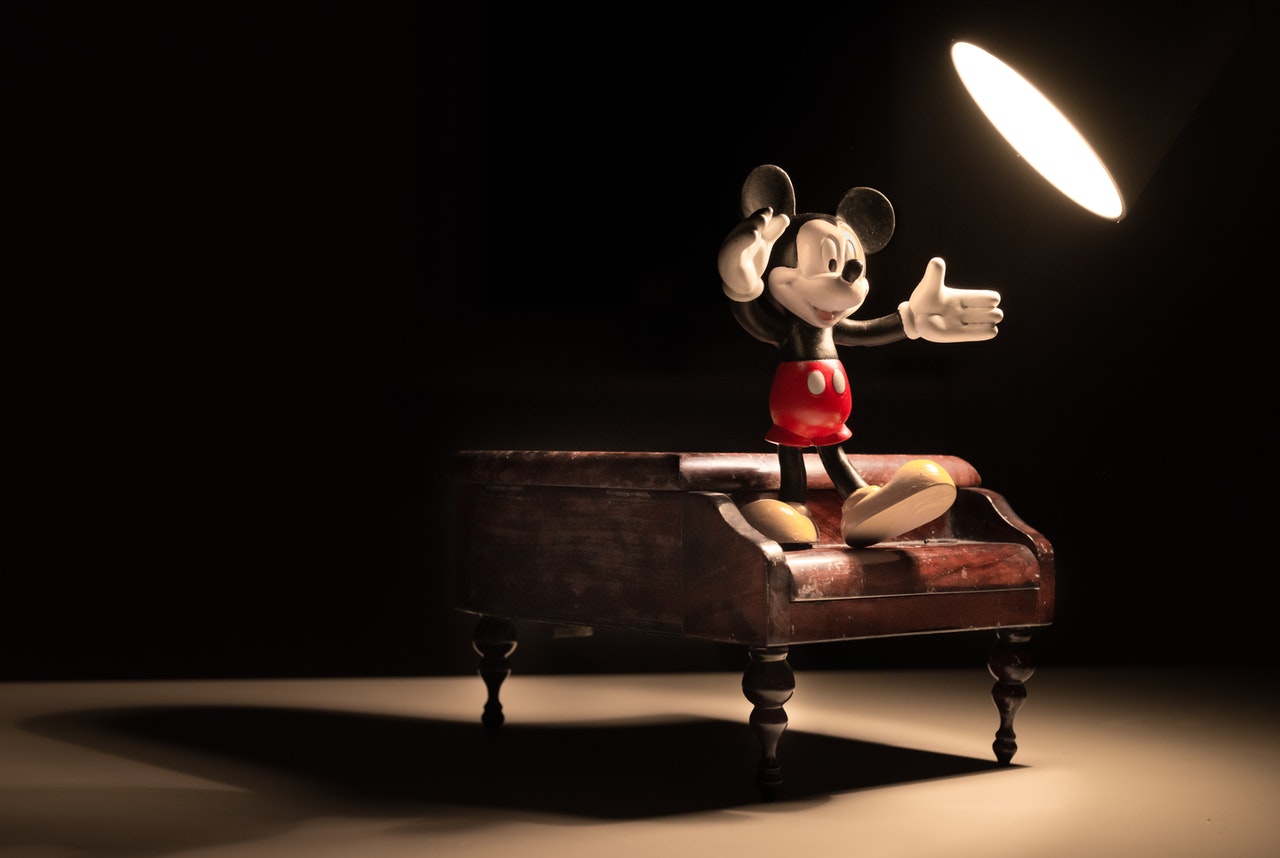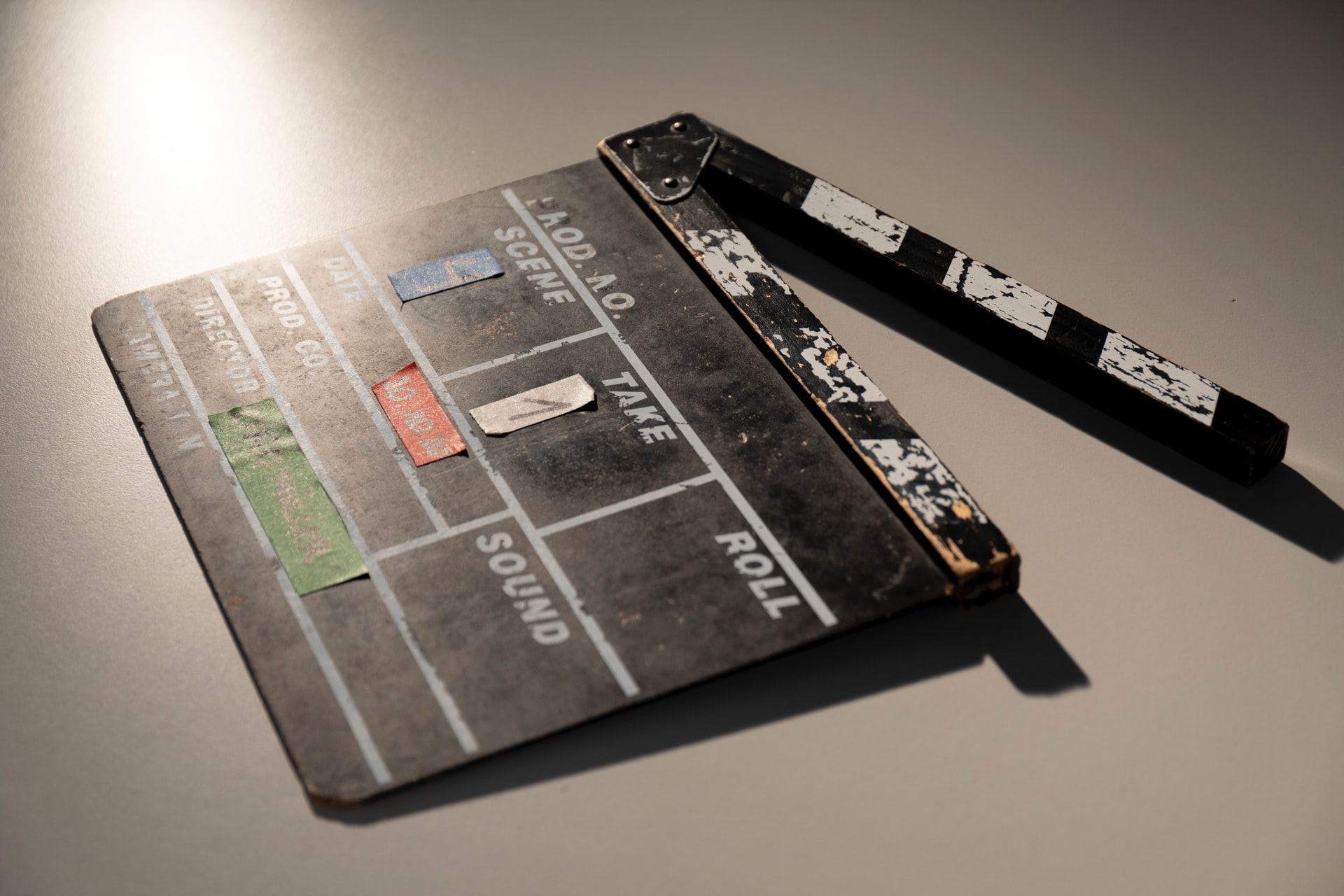Reading Time: < 1 minutes
- The earliest reference to playing cards comes from Chinese literature (10th century).
- They first appeared in Europe in the 1370s as imports from modern-day Egypt.
- In those days, they used to be hand-painted and so, they were expensive — till the 15th century, playing cards were a pastime only among the upper class.
- Advancements in printing technology — the modern-day deck was invented by the French — expanded their reach to the masses.
- Also, since cards were easy to carry, they soon replaced other indoor games during gatherings.
- This led to a great deal of experimentation and card games suitable for a different number of players (from 1 to 10 or more) were developed over the next few centuries.
- One such game was Euchre, which is said to have been brought to America by the European migrants.
- This game became very popular in America in the mid-1800s.
- In Euchre, under the British rules, there is a card known as the Imperial Bower (or Best Bower) that beats all others.
- In the early days of Euchre, this card was a Jack (J – usually ranks between 10 and queen).
- The second-highest ranked card was also a Jack of the same colour as the Imperial Bower.
- Gradually, manufacturers of cards began to include two separate cards and these cards replaced the two Jacks to become the Bowers (highest-ranking cards).
- Soon, Bowers became known as Jolly-Jokers because one could surprise and trick the opponent with these cards.
- Some (especially those who claim Euchre originated in Germany) believe that “Joker” comes from Jucker or Juckerspiel, the original German spelling of Euchre.
- Today, standard decks contain two or more designated jokers but only a few card games employ them (but they come in handy to replace any lost or torn cards).
Image courtesy of Toni Reed through Unsplash
Reference shelf :






















